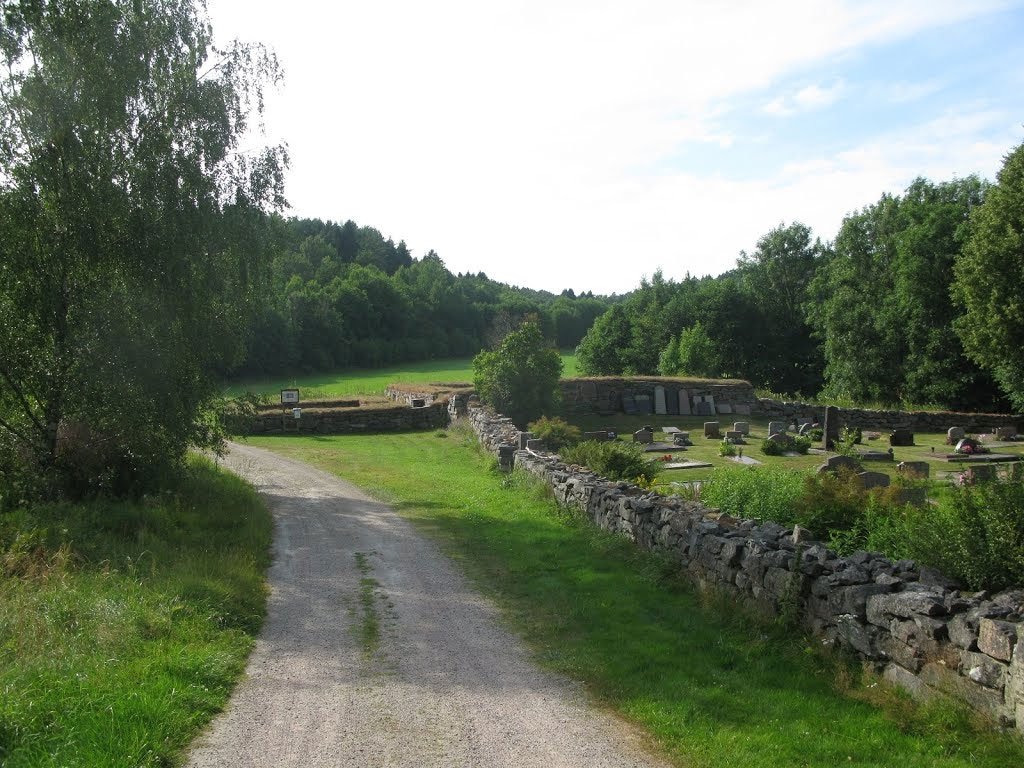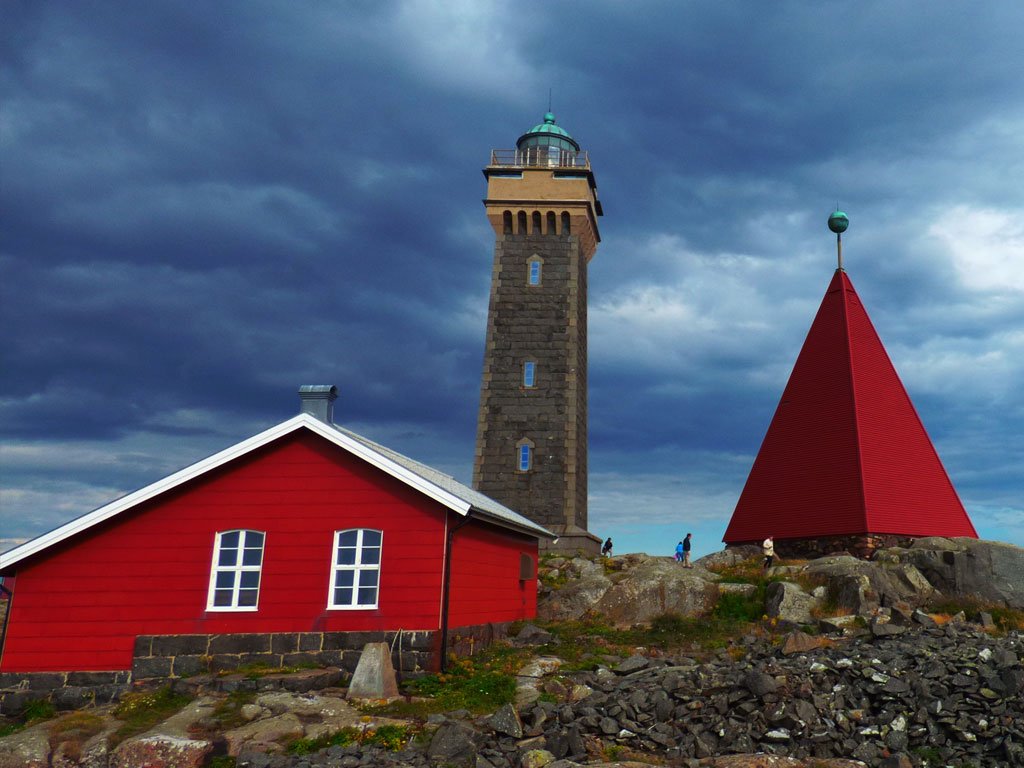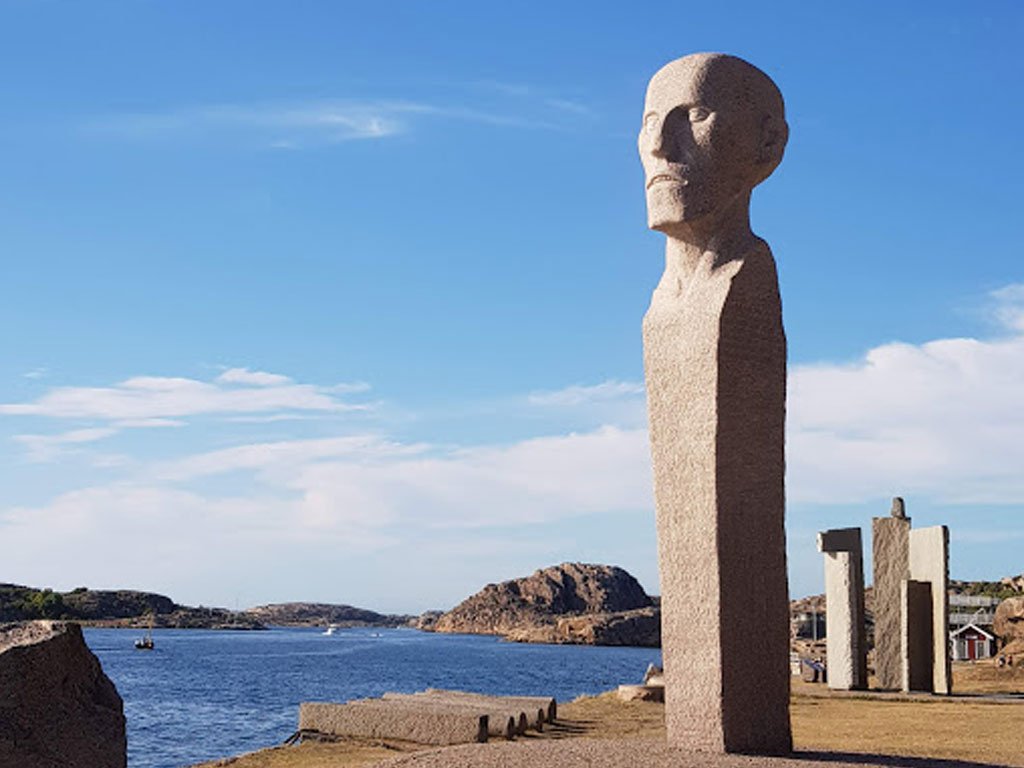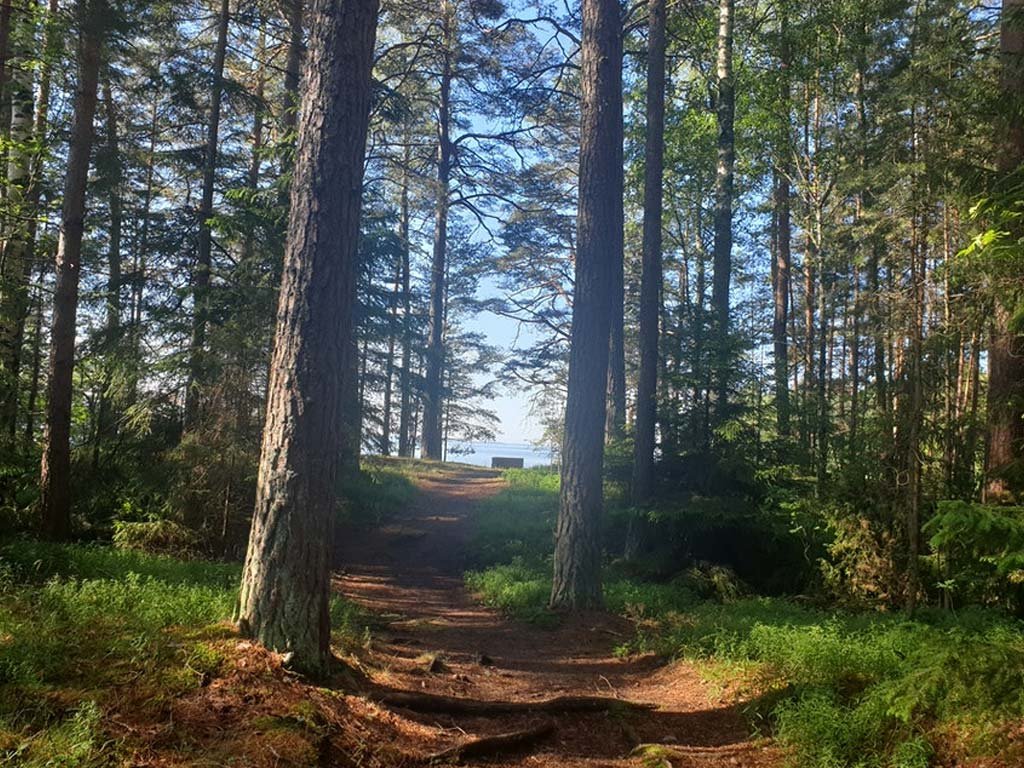Surrounding Attractions
one of Swedens most characteristic archipelago landscapes
The West Coast of Sweden is perhaps the country’s best loved archipelago. With it’s 3000 Islands and 4000 islets and rocks Bohuslän province has one of Swedens most characteristic archipelago landscapes, partly due to the picturesque granite domed rocks and bedrock.
West Coast sailors love these waters. The nearby fishing village of Fiskerbäckskil was once a flourishing center for herring fishing, now a small tourist Mecca in the summer.
We are surrounded by kilometers of small island seashore inlets and scenic Sounds, natural forrest, rocky granite dome rises, nature trails, gravel roads and biking trails, delightful landscapes of postures farms, farm animals, greenhouses and a rich variety of fauna and flora.
The Dragsmark Monastery Ruins
The raw food diet is a plant based, vegan lifestyle which has been around since time immemorial, and a diet of choice for 80 million other species, with whom we share the planet Earth.
The Dragsmark Monastery Ruins
Dragsmark Abbey was a Pre-monstratensian canonry in Båhuslen, formerly Norway, now Bohuslän, Sweden. The ruins date back to before 1260. The abbey was very wealthy in its heyday and ran a prestigious school, but declined during the 15th century, and as early as 1519 was in the control of a lay administrator.The buildings fell into disrepair, and in 1610 were used as a quarry for stone for the construction of Båhus Fortress. The monastery ruins are on the west of Bokenäset.
Bike The Various Islands
Cycle from our location to Fiskebäckskil there you can cycle along the length of the Nordströmmarna. Stoping at Bassholmen with its quaint museum for wooden boat repairs. Then onwards through Björnsund’s canal and Malö streams. A full days worth of cycling.


Nordströmmarna Passage
The nearby Nordströmmarna passage, Bohuslän’s most beautiful, picturesque, calm, lush narrow waterway.
Bike The Various Islands
Cycle from our location to Fiskebäckskil there you can cycle along the length of the Nordströmmarna. Stoping at Bassholmen with its quaint museum for wooden boat repairs. Then onwards through Björnsund’s canal and Malö streams. A full days worth of cycling.


Bird and Animal Watching
Our property has a significant number of wildlife sightings including deer, moose and even a rare shy lynx.
Vinga Island Visit
The island and lighthouse of Vinga has a long history. The island had long been Danish. The archipelago all the way down to Vrôngö islands had been conquered by chancellor Birger Jarl and attached to the Swedish province of Västergötland in 1257. Until 1645 this was the Swedish kingdoms only narrow corridor to the North Sea.
The first lighthouse beacon was built by King Karl IX and was a simple wood/alcohol apparatus to guide shipping in peacetime and a warning signal in wartime. When the city of Gothenburg was founded at the mouth of the river Göta in 1620, the beacon gained special strategic importance. Visits and over night stays to the island can be arranged upon request.


Hästedalens Sculpture Park
This trail offers a mixture of terrain with varying altitudes. The hike takes place partly along the the coast and through the Hästedalens Skulpturpark in Hunnebostrand.
Some are easy to hike but somewhat challenging through Hunnebo Klåva – an exciting geological formation, where the hike goes through a narrow pass / gorge or gorge. Quit magical and exciting where rounded boulders balance on stone pillars over the gorge. When you have walked through the gorge, you are rewarded with a fantastic view from the top of the mountain over the archipelago.
The Stonemasonry Museum shows how the locals used the opportunity for carving stone and rock that the geological formations have given rise to.
The hike is 10km and takes 2- 3 hours to complete.
Kalvön Naturreservat Parkering
Wonderful hike on Kalvön, a nature reserve in Uddevalla municipality. Kalvön is a hilly forested island but nice headlands and islets.
Halfway out on Bokenäset is this real gem! On Kalvön you can both experience a lot of cultural history and enjoy the island’s beautiful and tranquil nature. There are a lot of paths around the island that can be explored, but it is difficult to get lost as the sea is constantly present.
Along the paths on the island there are many nice rock baths, but you can also find your own more secluded bathing spots. The West Coast Foundation, which manages the reserve, has put up many signs informing about the island’s history and they have also marked up the paths to make the orientation easier. So pack a backpack with coffee and take a day trip to Kalvön!

Nordströmmarna Passage
The nearby Nordströmmarna passage, Bohuslän’s most beautiful, picturesque, calm, lush narrow waterway.
Bird and Animal Watching
Our property has a significant number of wildlife sightings including deer, moose and even a rare shy lynx.
Vinga Island Visit
The island and lighthouse of Vinga has a long history. The island had long been Danish. The archipelago all the way down to Vrôngö islands had been conquered by chancellor Birger Jarl and attached to the Swedish province of Västergötland in 1257. Until 1645 this was the Swedish kingdoms only narrow corridor to the North Sea.
The first lighthouse beacon was built by King Karl IX and was a simple wood/alcohol apparatus to guide shipping in peacetime and a warning signal in wartime. When the city of Gothenburg was founded at the mouth of the river Göta in 1620, the beacon gained special strategic importance. Visits and over night stays to the island can be arranged upon request.
Hästedalens Sculpture Park
This trail offers a mixture of terrain with varying altitudes. The hike takes place partly along the the coast and through the Hästedalens Skulpturpark in Hunnebostrand.
Some are easy to hike but somewhat challenging through Hunnebo Klåva – an exciting geological formation, where the hike goes through a narrow pass / gorge or gorge. Quit magical and exciting where rounded boulders balance on stone pillars over the gorge. When you have walked through the gorge, you are rewarded with a fantastic view from the top of the mountain over the archipelago.
The Stonemasonry Museum shows how the locals used the opportunity for carving stone and rock that the geological formations have given rise to.
The hike is 10km and takes 2- 3 hours to complete.
Kalvön Naturreservat Parkering
Wonderful hike on Kalvön, a nature reserve in Uddevalla municipality. Kalvön is a hilly forested island but nice headlands and islets.
Halfway out on Bokenäset is this real gem! On Kalvön you can both experience a lot of cultural history and enjoy the island’s beautiful and tranquil nature. There are a lot of paths around the island that can be explored, but it is difficult to get lost as the sea is constantly present.
Along the paths on the island there are many nice rock baths, but you can also find your own more secluded bathing spots. The West Coast Foundation, which manages the reserve, has put up many signs informing about the island’s history and they have also marked up the paths to make the orientation easier. So pack a backpack with coffee and take a day trip to Kalvön!

